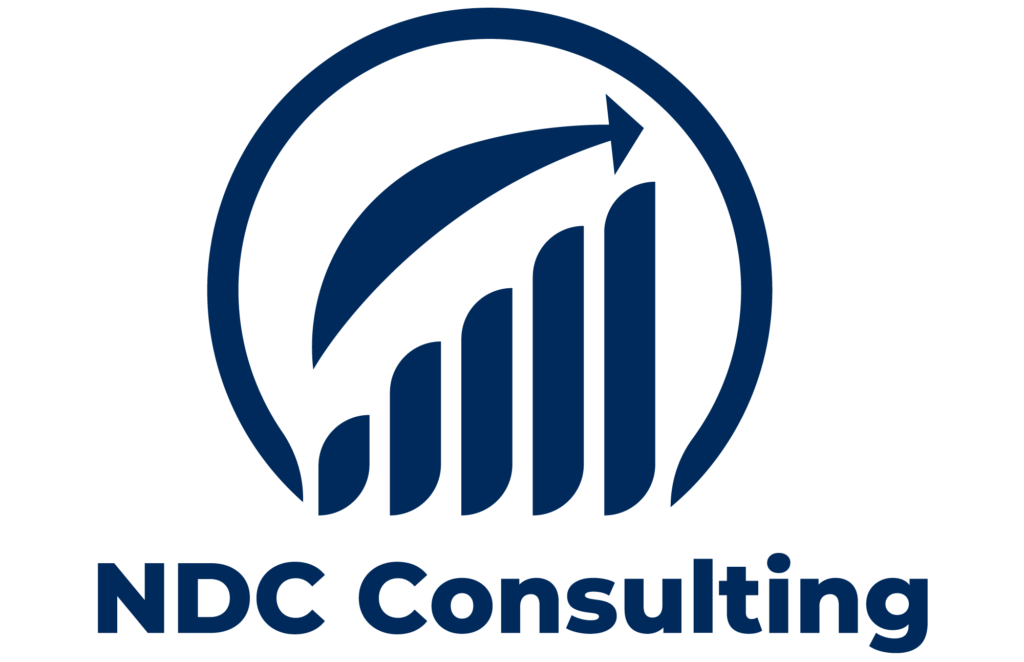
Organizations are constantly searching for methods to reduce losses and control risk. The idea of the Total Cost of Risk (TCOR) is a key instrument in this endeavor. TCOR measurement has been available for a while, but by adopting it as a strategic tool, organizations may better understand their entire risk exposure, make more informed financial decisions, and plan for the future.
However, what is TCOR exactly, and why is it so important for risk management? We will discuss what TCOR is, how to quantify it, how to strategically use it to manage and decrease risk, and the difficulties in tracking it, particularly when using spreadsheets and other conventional methods.
What is the Total Risk Cost?
The total costs of risks in an organization are represented by the TCOR metric. Think of it as a holistic approach that takes into consideration all of the money your company spends on risk management, mitigation, and transfer. Insurance premiums are only one component of TCOR, even if they constitute a part of it. A vast array of expenses are covered by TCOR in addition to premiums, such as retained losses, risk control, administrative, third-party, and indirect costs.
The cost components will probably vary from one company to the next. However, by accounting for the entire range of risk-related expenses, TCOR provides an all-encompassing method of risk management in a business.
(TCOR = Insurance Costs + Retained Losses + Risk Control Costs + Administrative Costs + Third-Party Costs + Indirect Costs)
Although the formula appears to be simple, collecting the required data can be difficult. Some of the sources that are used in the TCOR process are:
Information about insured and self-insured loss claims.
Financial records and bills for indirect, third-party, and administrative expenses.
Spending plans for compliance projects, safety programs, and other risk management techniques.
How to Manage Risk Using TCOR
When TCOR is viewed as more than just a financial statistic, it works best. The cost elements should ideally be updated on a regular basis. When TCOR is regularly monitored, it becomes a dynamic instrument for ongoing progress rather than a static quantity. Businesses may foresee obstacles, spot opportunities, and make data-driven decisions that promote their long-term performance by keeping a current awareness of their total cost of risk.
By actively monitoring TCOR, organizations can better understand the true cost of risk, which is essential for setting resource priorities and effectively managing risk. This visibility enables focused safety initiatives or process enhancements and aids in identifying high-cost areas, such as rising claim frequency or ineffective procedures. Additionally, TCOR facilitates data-driven decision-making, which helps businesses assess the financial effects of various risk financing tactics, such modifying retention levels or negotiating insurance terms.
Additionally, organizations may foresee difficulties, proactively manage risks, and guarantee alignment with their business objectives and risk appetite by tracking TCOR trends over time. In the end, TCOR not only aids in cost control but also improves the organization’s capacity to make strategic decisions that successfully strike a balance between risk and return.
Ways to Effectively Manage TCOR
A comprehensive strategy that incorporates risk transfer, control, and data-driven decision-making is needed to lower TCOR.
To properly manage TCOR, risk control procedures are necessary. These tactics may be used to reduce, eliminate, or lessen possible risks and losses. Proactive risk management enables businesses to stop losses before they occur, which eventually reduces insurance premiums and retained losses.
Additionally, TCOR plays a crucial role in directing risk financing choices. Businesses can determine the breakeven point, or the point at which the savings from lower premiums exceed the higher expenses of higher retention levels, and make better decisions by knowing the true cost of retaining risk vs transferring it to an insurer.
Because TCOR compiles all risk-related expenses, it assists companies in making better decisions about the potential effects of a given effort or decision. TCOR is an effective tool for strategic planning and decision-making since it offers a financial viewpoint on risk management.
TCOR, for instance, can be used to determine whether investing in a certain program or raising the organization’s deductible is a wise move by taking a comprehensive look at all expenditures that may be involved. Executives are able to make well-informed decisions that promote growth while controlling risk when TCOR is in line with the objectives of the firm.
TCOR Tracking Difficulties in Spreadsheets
Spreadsheets have many drawbacks, while being a popular tool for TCOR tracking. Static spreadsheets just cannot convey the complexity of TCOR, which is a dynamic metric.
It takes more than simply checking boxes to track TCOR; it also calls for regular updates, a centralized perspective of risk data, and a deep comprehension of risk costs. Spreadsheet management of TCOR can be very difficult, especially for businesses with intricate risk profiles. It is impossible to continuously monitor dynamic changes in risk costs using spreadsheets because they need manual data entry, which raises the possibility of errors and inconsistencies, and because they do not integrate with external data sources or provide real-time updates. The complex requirements of efficient TCOR management are generally not well met by spreadsheets, which are also time-consuming and prone to errors.
Common Problems with Using Spreadsheets
- Error prone – Manual data entry can lead to costly mistakes, skewing your TCOR data
- Time consuming – Consolidating data from various departments can be labor intensive
- Lacks real-time insights – With spreadsheets, data is static, making it hard to adjust risk strategies based on current events
Many organizations are using RMIS platforms or automated methods to deal with these problems. There are many benefits to tracking TCOR in a centralized system as opposed to more conventional techniques like spreadsheets. Real-time updates from systems can guarantee current and accurate data while automating processes to cut down on human error. With the use of sophisticated analytics tools, they may combine data from multiple sources onto a single platform, facilitating thorough analysis, trend detection, and scenario modeling. By offering useful insights and connecting TCOR data to other risk management processes, such claims and exposure tracking, they also facilitate proactive decision-making. All things considered, solutions increase productivity, strengthen data integrity, and enable businesses to match TCOR management to strategic objectives.
Additionally, the development of artificial intelligence, data analytics, and predictive modeling is among the most interesting advancements in risk management technology. Integrating these technologies with your TCOR plans is made possible by managing TCOR in sophisticated systems like an RMIS.
Conclusion
Total Cost of Risk is a strategic tool that offers a thorough understanding of an organization’s risk exposure and directs decision-making; it is more than just a financial metric. In addition to cutting expenses, businesses can improve their risk resilience and further their long-term goals by implementing and closely monitoring TCOR.
Spreadsheets may seem like the simplest way to track TCOR, but using an automated system or RMIS can yield findings instantly, freeing up businesses to concentrate on making meaningful decisions rather than just “checking the box.”
The ultimate objective of tracking TCOR is to make well-informed decisions that propel your organization’s success, not only to claim that you are managing risk. The way we comprehend, handle, and use TCOR to accomplish corporate objectives should change along with the risk environment.

